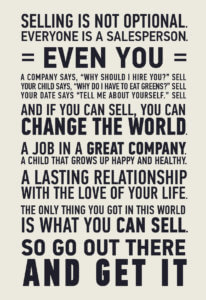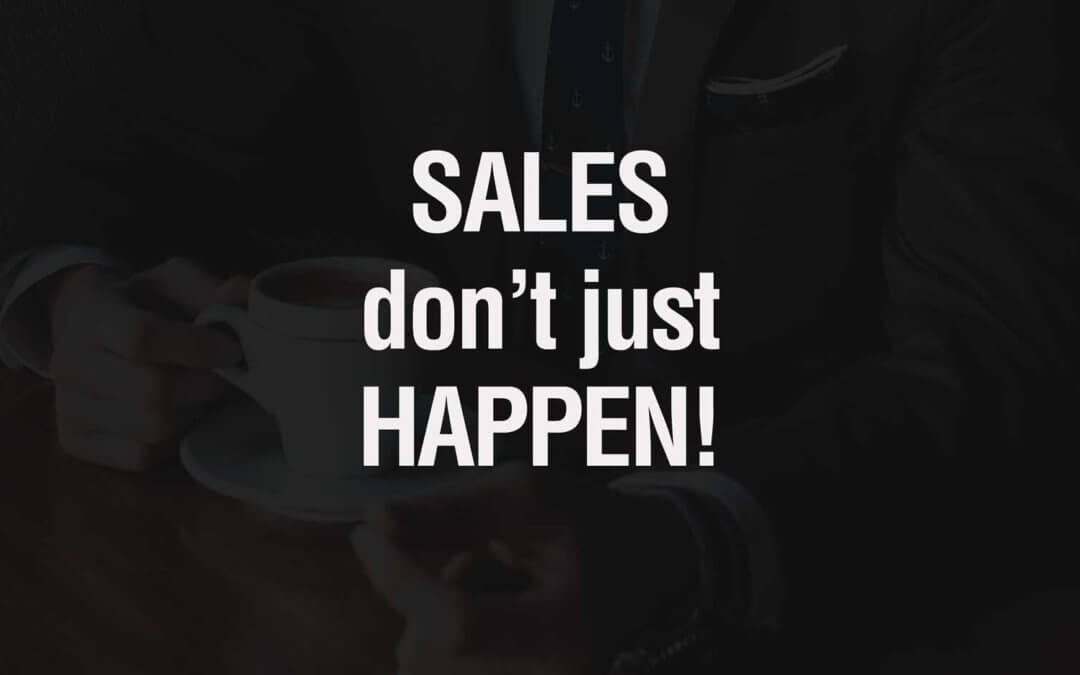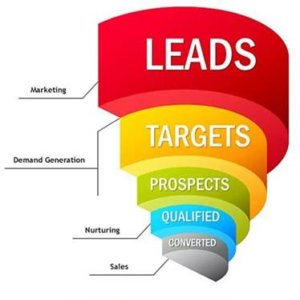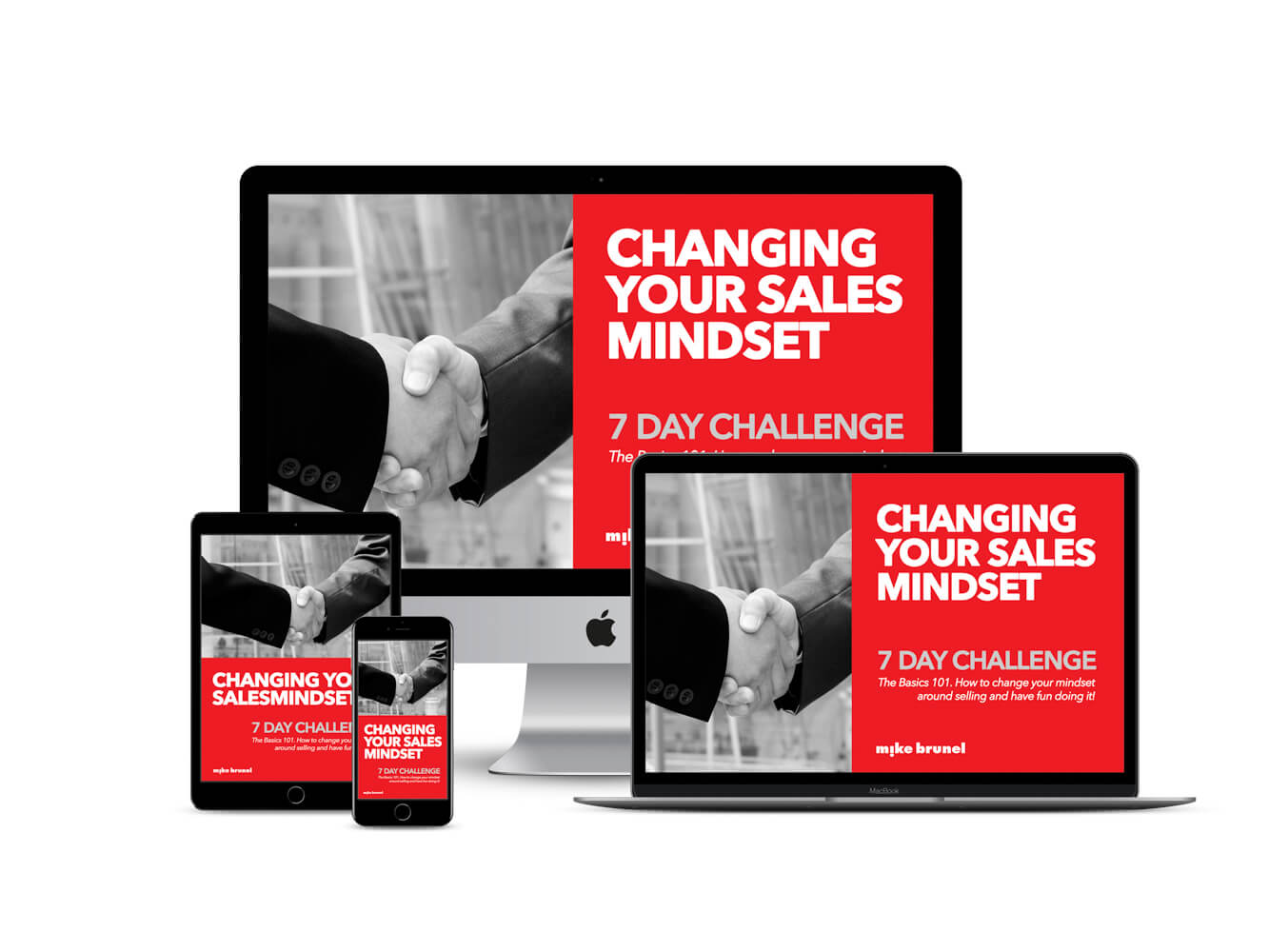by Mike Brunel | Jun 28, 2021 | Strategy

Selling the Zara Way.
Selling the Zara way. Over the last 12 months there has been a lot of talk about Amazon and its threat to retailers and business owners here in New Zealand and in Australia.
This follows the possibility that it may establish a direct presence in both countries following a clamp down on tax free overseas internet shopping
I believe that the death of bricks and mortar is exaggerated. The problem, I wager, is that marketers have become (or perhaps have always been) shopkeepers.
One of the richest men in the world, Amancio Ortega, is worth around $80 billion. An article in the Renegade Millionaire System newsletter talks about what made him so wealthy … and, guess what? He is a retailer!
Here are a few extracts from that article.
Small beginnings
Dropping out of school at about 13 years old, Ortega got a job making shirts and other clothing items. Over several years he turned that role into a profit sharing cooperative with a workforce of 600 people over a ten year period. He then opened his first retail store.
Today he owns 2,100 Zara stores in 88 countries and his approach is revolutionary. He makes what he sells; more than one billion pieces a year – fast fashion clothes not made to last, bought for immediate gratification (often a night out) then on to the next thing.
Speed to market
Ortega’s stores carry little inventory and he ships newly created fashion every week so customers always have something new to get excited about. By creating a production cycle that is much faster than the industry norm, everything in store is trendy.
This supports full price selling because once an item is gone you can’t get it again and it costs significantly less than some of the designer brands that Zara is positioned alongside.
Modest Billionaire next door
The article continues to say that Ortega is famous for striving not to be famous. He avoids being photographed and agrees to very few interviews.
Commuting to work every day he dresses down; usually not wearing a tie nor clothes made by his own firm. He continues his modest approach by eating in the company cafeteria with his employees so he can stay hands-on with every aspect of the business.
This inspirational success story shows a company that has a hands-on owner, great systems, and an approach that is so different from others.
Selling a product like Zara is more about the need to have a mindset that is different from other retailers.
Different ways to approach the selling process is critical to the ongoing success of any business.
Mike
Startup? Set for growth? Talk to Mike about how he can help you grow your business fast.
Call him for a FREE 15 minute consultation call on +64 21 434 791
by Mike Brunel | Jun 22, 2021 | Negotiation, Sales

Negotiation is a form of Selling True or False?
We all know that Negotiation is a form of selling, and our ultimate goal is that everybody wins. Impossible, right? Maybe not. In my book Selling is Not Optional- How to Master the most important skill in business and life I devote a whole chapter to negotiation.
Mutual Success
In the chapter I stress the goal of mutual success for both the buyer and seller. Often, we think negotiations can only succeed one way: we present the product, say all the right things, and get the client really excited about buying. Then we ask for the business and they jump across the desk and hug us, saying, “You saved my life.” Right?
It simply doesn’t happen that way.
What’s your fear?
Often, salespeople don’t even ask for the business for fear of rejection. They are afraid to hear, “No, not at the moment,” or, “I want to negotiate.”
As we have seen from other chapters in the book , mindset makes a difference; you have to be open to the next step. Often, after someone does decide to purchase, they still want to parry a little. People feel it is a bit of a game.
We are all in the game of negotiation. I left the house this morning negotiating with my wife about a couple of things. We negotiate with our partners and our fellow workers, and I can tell you as a parent of teenagers, we negotiate with our children.
Salespeople should avoid cultivating a closed mindset around bargaining. Negotiations are just a form of communication. Consider how negotiations can get you closer to finding a mutually beneficial solution.
A Beautiful Mindset.
Think of the John Nash story, told in the movie A Beautiful Mind. Nash, an American mathematician, proved that when you cooperate, everybody wins, and wins bigger. Game theory demonstrates that cooperation can increase each player’s ultimate reward. Having a collaborative mindset is actually the key to successful negotiation.
Here are some takeaways from my book on the subject of negotiation. (link)
- Plan your negotiation approach. Have a checklist. Don’t forget your agreement.
- There are often only a few standard areas of concerns for your clients.
- Keep your sense of humour.
For additional tips on selling your product or service go to mikebrunel.com. Look forward to seeing you soon.
Good Selling
Mike Brunel

by Mike Brunel | Jun 15, 2021 | Sales
Harnessing the power of Testimonials
At least once a month at my place, on a Friday night, my family will have to make a major decision: ‘What takeaways are we going to have tonight’?
A third world problem right?
An old ritual from days gone by.
I am sure the Friday takeaway ritual came from my own family when all of us would pile down to the fish and chip shop, and get to choose between a sausage, hot dog and fish with a few chips thrown in, then wait in the car eating them, while Mum and Dad nipped off to the pub for a quick drink.
New experience
In our family now we might want to try something different and go out to a café or restaurant.
When that happens the question always comes up ‘what’s new in town’ or ‘, what was the name of that place that my mate Dave was talking about last week’?
Following this, we’ll call or text Dave to ask him what the restaurant was called because we know he’s pretty reliable when it comes to good food!
Why we need assurance – Power of Testimonials
What people say about you is 10 times more powerful and believable than what you say about yourself.
Deep down you know that Dave would not recommend that restaurant unless he enjoyed it. He is telling you from his own experience and that is very, very powerful.
You have your own interests at heart
It’s a lot harder to sell something to someone because naturally you have your own interests at heart.
What your clients may want is another way to make a decision. This is why an opinion from a third-party could be very influential, just like Dave influenced my decision on a restaurant.
The point is that getting someone to recommend you helps a lot. If it does not work out you can always blame Dave- no just kidding!
Create and use testimonials
There are a few tips I’ve come across in my time about receiving great testimonials, but one stands out as pretty crucial; be specific.
The more specific you are about the outcome you want, the more targeted your endorsement will be.
Let me give you an example. If you ask a client for a testimonial ask this way.
‘Hi John, can you describe the one or two most important benefits you’ve gotten the most from working with us… please explain specifically what you’ve gained from the experience:
The second one I often ask is: ‘Describe in Detail What Part of Your Experience with us made you the happiest?’
This question taps into the emotional side of the experience, and that is where you will understand what drove your clients to use you in the first place.
In summary, be specific, and don’t forget to ask for their thoughts around the emotional experience..
Have a great week, see you soon.
Mike.
P.S.
What can I say? Mike Brunel is a genuine legend in the sales industry. I have 30 years in the UK media sales industry, 20 of that in senior sales management. I just got ‘schooled’ in the best possible way in a 30 minute coaching call that blew my mind. If you are stuck, paused, distracted, confused, in a rut or otherwise blocked… Get on a coaching session with Mike. You might only need one!
Tony Dowling Inbound Sales and Marketing, HubSpot partner.

by Mike Brunel | Jun 8, 2021 | Sales, Strategy
80%……….Of all sales are made after the fifth call
48%……….Of all sales people call once and quit
25%……….Call twice and quit
10%……….Keep on calling
These statistics is pretty close to the mark in all forms of selling be it a service or product sell.
I think that we all know…
SALES DON’T JUST HAPPEN.
I have created a diagram to illustrate the real time that your buyer is actually available to sell to.
Just email me at mikebrunel.com for a copy.
Why do many some sales people thrive when others do not, here are some ongoing practices I observe every day.
1. Always add to your pipeline.
Not continuously adding to your pipeline is often a mistake that salespeople make once they have established a strong ongoing sales funnel. If you continue to add to your sales pipeline then if that long established client decides that this month they will not buy, then it does not matter because you have more potential opportunities in your pipeline.
If you are always taking the position of helping and assisting your client then your pipeline will increase. If you are only filling up your pipeline when you are desperate then many clients will sense that and you will come across as desperate.
2. Never assume they need you.
I have noticed that many salespeople leave a message with a client or a voicemail and they think it ends there. They think that they have done what they had to do and then move on. Depending on the relationship you have with that client they may or may not call you back. If you do want to do business with them then you have to plan that call and decide the ongoing strategy to get the person to respond. Create a proactive message for them to call you back.
3. Sales potty training.
For those that may have had young children there was a time when you had to train them to go to the toilet. In my experience (a while ago) I always used to say “Pee or get off the pot”. In other words, make a decision.
There will be times when you have to make a decision to get off the pot. Some clients need to be let go. You need to figure out if a prospect is serious about working with you or not. A good pipeline is full of qualified prospects and not “tyre kickers”

All pipeline activities have to support your key messages and understanding actually who your client is and where they play is vital to successful sales.
Good selling
Mike
by Mike Brunel | Jun 1, 2021 | Strategy

Preparing for the Journey.
In my blog last week I talked about how the journey began in my own company NRS Media.
This week I want to discuss the importance of planning the journey in sales and explain the process
Part of the reason people panic is that selling seems like a mysterious process. We can solve that mystery. Selling is like any other journey: the territory you are covering may be new to you, but it has been travelled before, and there are certain steps you can take to clear the way. Each step you take along the way matters.
Let’s look more closely at the selling journey.
Building Up
Selling a product or service is, in many ways, like a building project. I have been involved in two major renovations for both a home and a commercial building.
Here’s how the process unfolds:
- You speak with an architect who presents you with some plans, drawings, or visual examples of what your home or building might look like.
- Once you approve your plan, you seek a builder to do the construction.
- If you want to approach the build with confidence, you’ll also want to be involved in the builder’s plans and timelines. Using excellent project management tools is key.
- Still, even the best-laid plans sometimes change. You might go back and forth and change a few parts of the plan.
- Even when you get started, you need to keep in mind the need to be flexible, adjust to shifting timelines, accommodate last-minute decisions, and possibly suffer some setbacks.
- You need to be nimble, but it’s hard, because there is a lot at stake, financially and emotionally.
- Soon enough, though you start to visualise the final product and then watch your home or building take shape. Finally, you see your completed project in front of your eyes. All of that planning has paid off.
Following a plan and actually building that home requires discipline and principles.
It’s the same with sales, which unfolds in similar stages.
With both types of projects, it is important, to begin with, the right mindset, so why don’t we do that when it comes to constructing a sale? Why don’t we plan the process that will let us get a result we want?
Jump in too Early
Most business owners jump in too quickly, assuming that their product is so magnificent that people should just buy it. Or, they don’t bother to plan.
Usually, salespeople do not follow any particular steps or process on the way to the sale of that product. If you look at sales the way you look at building your home, though, you will see that there are certain processes you have to follow to get a good result.
It does not have to be a complicated process, but you do need a plan.
Knowing a few simple steps in the journey to your sales is all that is required.
If you don’t know where you are going, how will you know when you get there?
Next week I will have a few tips to share. See ya then.
Have a great week selling your stuff!
Mike
PS. Why not try a 7-day sales journey to build your very own sales plan.








